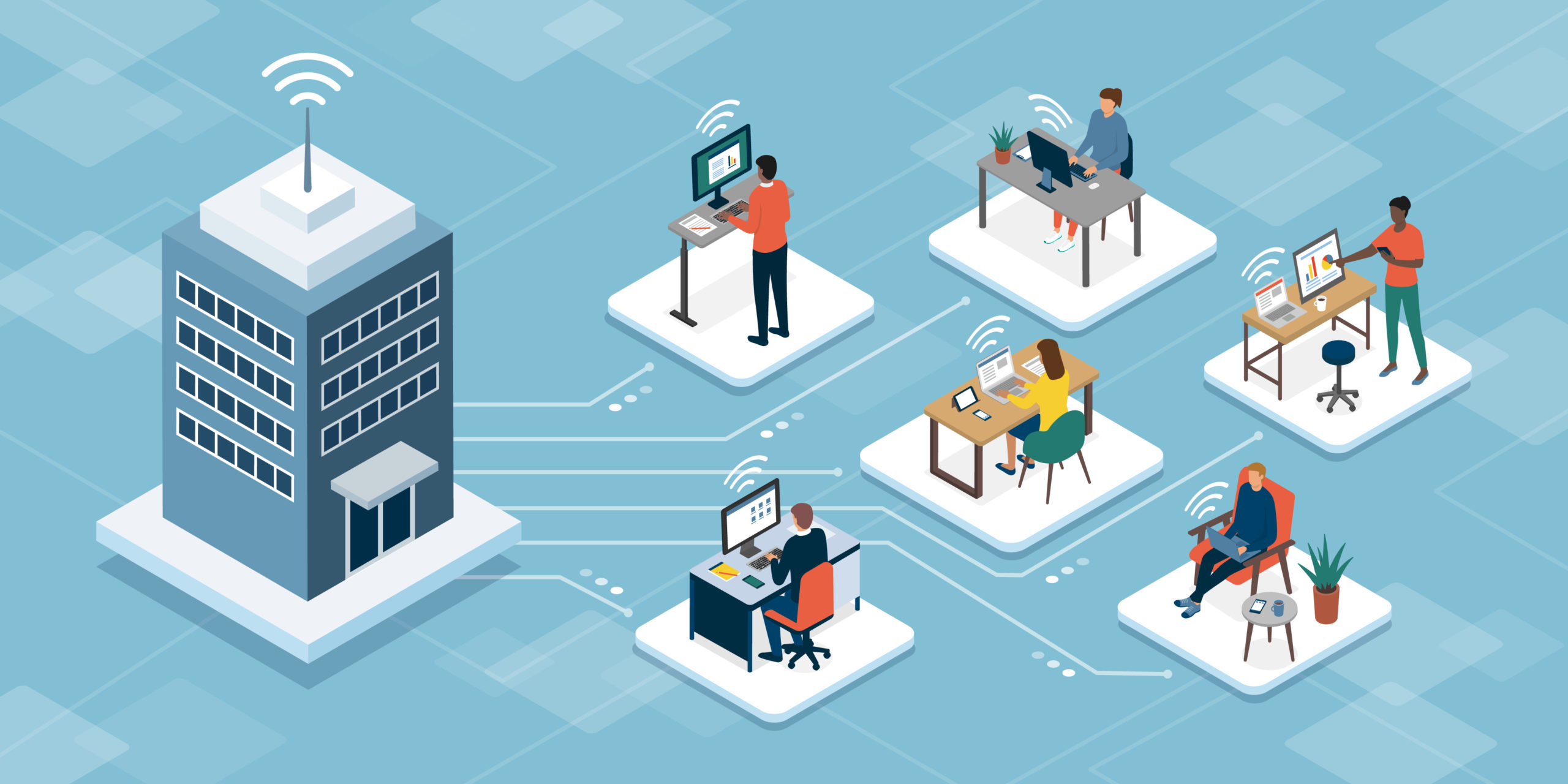Ever since the pandemic, working from home has been encouraged in many organisations. The tradition stayed on even after the lockdown was over. Here’s why incorporating a distributed workforce is a fascinating win for your business.
What is a distributed workforce?
The COVID-19 pandemic was a difficult time for everyone. Businesses suffered and were forced to either let go of their employees or let them work remotely. Many chose the latter because it makes the most sense, of course. But the result of this choice changed the world after the pandemic. Many businesses started to realise that working from home/remotely/near home is a possibility for their employees without changing anything in the workflow substantially.
This is what led to the creation of a distributed workforce. An organisation that has its employees not working from an office building essentially is a distributed workforce.
So how will your business benefit from becoming a distributed workforce?
The thing is, if you have a distributed workforce, there are so many advantages that you’ll start wondering why traditional offices even exist. Of course there are disadvantages to having a distributed workforce but the advantages outweigh them. Once a company realises that things run just as smoothly online as they do offline, they can easily make the switch to a distributed workforce.
Culture
Because there won’t be any restrictions in the application and hiring of the company, people from anywhere can work in the organisation. This leads to a multicultural workplace which can also have highly skilled individuals who wouldn’t otherwise apply because of factors like commute or relocation.
Technology
One of the perks of hiring a distributed workforce is that the technology is always advancing. Keeping in touch with the newer technological advancements and switching to them becomes an easier task. So there won’t be a software issue in the communication of the employees.
Flexibility
The most obvious and the winner of the debate is of course the flexibility a distributed workforce offers. People do not have to waste their time commuting; working from home or wherever they want saves them time and money which they can invest in the company. This brings us to our next point.
Savings
If the company offers a commute reimbursement policy, this will nullify in a distributed workforce. The organisation will be able to save the money which they can instead add to the employees’ packages.
Other than that, the money spent in leasing/buying assets and offices can be invested in other features and facilities like marketing or software purchases.
Productivity
The emotional and physical toll that goes into commuting to office is a heavy one. This needs extra preparation of the mind by the employees. Because the employees will be home or wherever they are comfortable working, they will have more motivation to work. Even if there are meetings to attend, they can be more creative since they’ll be in the environment that they find comfortable.
Conclusion:
A distributed workforce has been stigmatised and reduced to being an unproductive and carefree space. On the contrary, an organisation that allows their employees to work how they want to has a higher percentage of happy employees. Prioritising employee wellbeing is an important factor that all organisations over the world should follow. It not only produces happier employees but also better results.





Leave a Reply